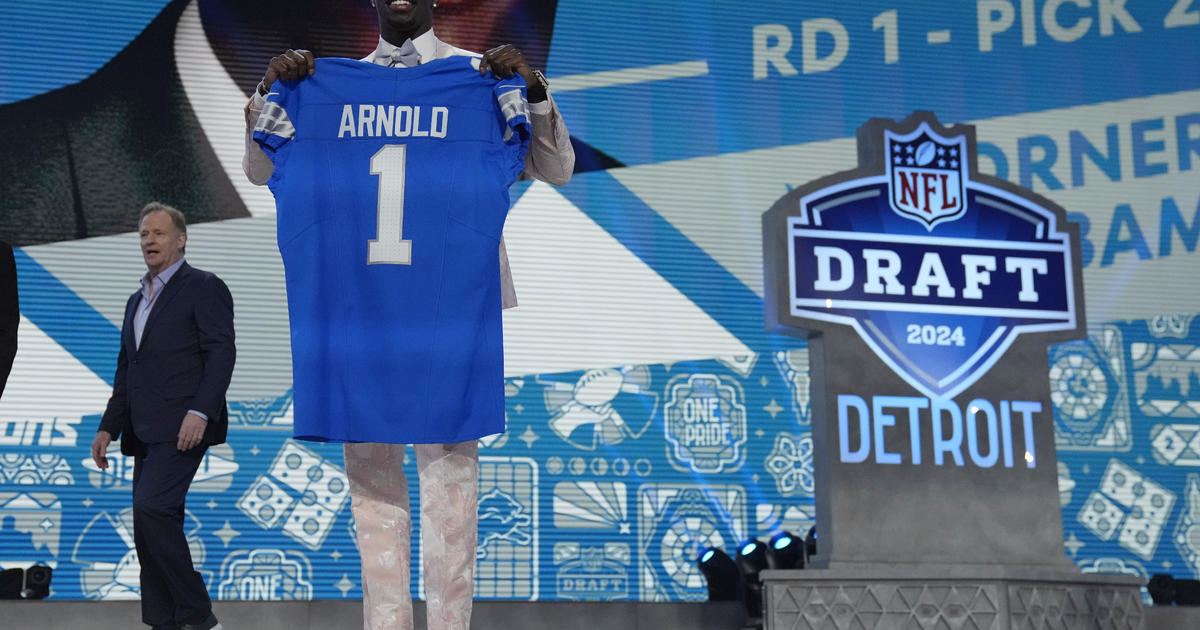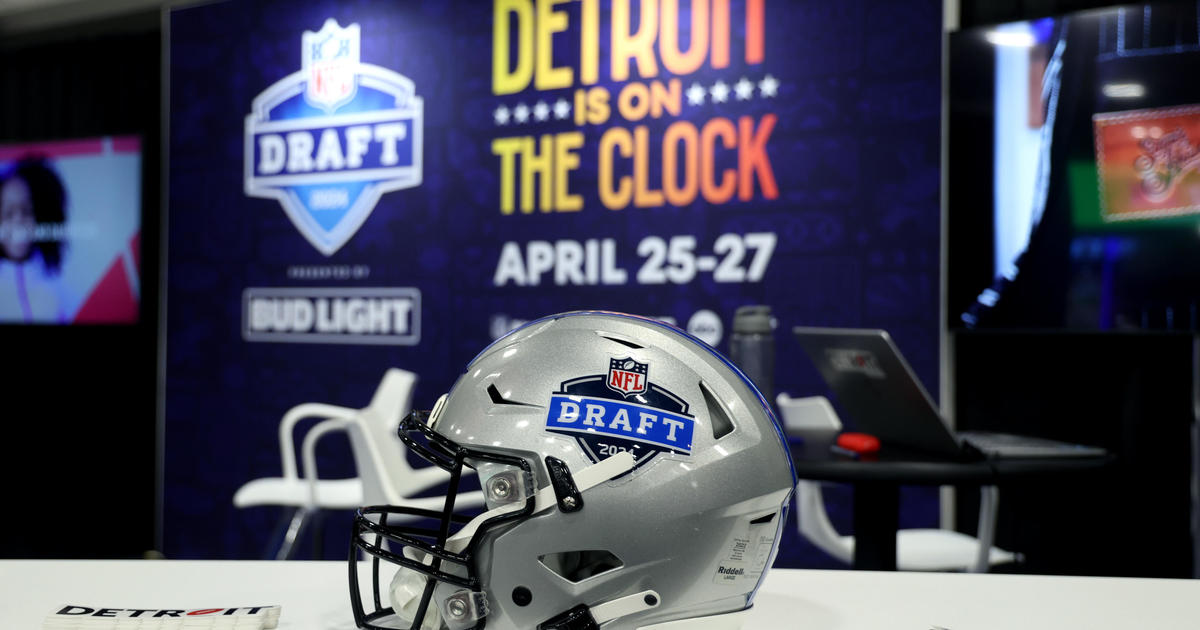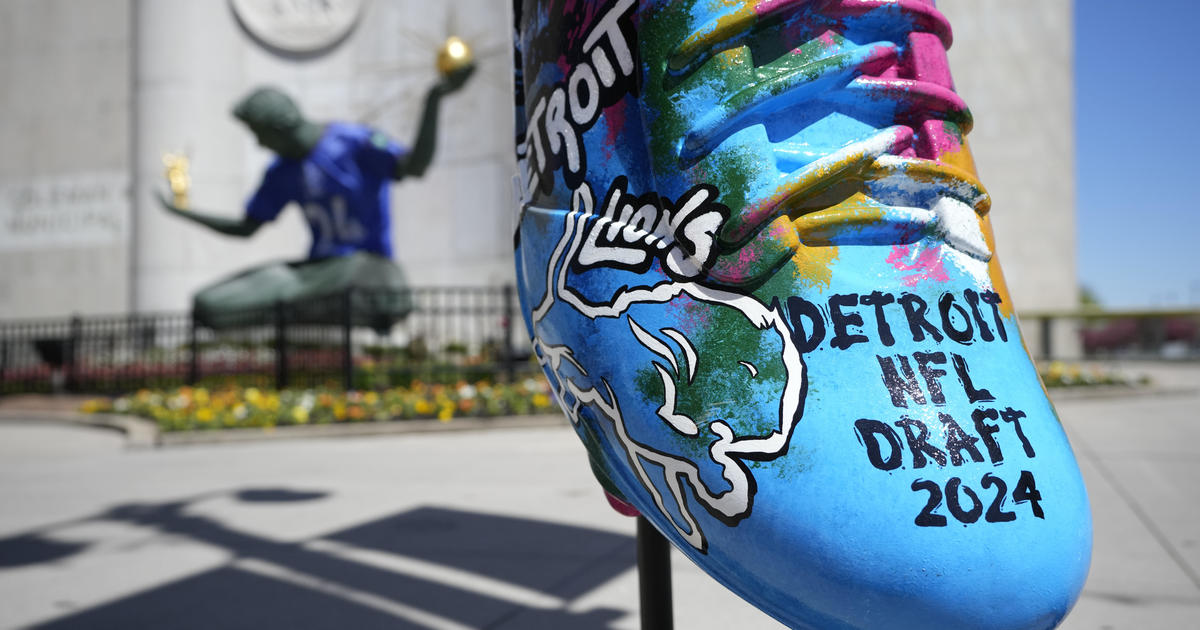Terry Foster Reflects On Detroit's 'Race Riot,' What Remains And What Was Lost
By: Terry Foster
@terryfoster971
It was about five in the afternoon during the second or third day of the 1967 Detroit riots and already the stench of burning tar waffled over my west side Detroit neighborhood.
I sat on the front porch with my grandmother as a parade of shirtless men made their way down what used to be my innocent street called Vancouver. They hauled couches, 25 inch television sets, lamps and whatever else looters could grab from the local furniture store about two miles from my home.
Resting on one of the looted couches was a full unopened box of 24 delicious Almond Joy candy bars, my treat of choice as an eight year old in Detroit. This was my front row seat to the 1967 Detroit riots.
This summer marks the 50th anniversary of violence that my family always referred to it as the race riot.
"Hey little brother," called out one of the men carrying the couch with the Almond Joys. "We did not forget you. I know you love this candy. Come and get it."
I bounced off the porch toward the candy when a stern voice call out.
"You had better bring your ass back. That does not belong to you."
Grand mom was angry. She was angry about the riots, angry about the parade of furniture marching its way down the street and angry that I would take this gift without thinking.
Then she called out toward the men.
"Get your asses from in front of my porch," she scolded. "You are destroying your own neighborhood."
I gave up on my treat and marched back to the porch. The couch and the Almond Joys kept on stepping down the street for somebody else to enjoy.
I did not understand why granny was so angry and why I could not enjoy the candy bars.
I still remember the stern lecture that afternoon and the values taught by my grandmother remain with me as an adult.
"That don't belong to you," she said. "Somebody worked hard for that. That is their life."
My neighborhood lost a lot during that five days of civil disobedience. We lost a furniture store, a movie theater, the party store two blocks from the house and about a half-dozen apartment buildings. They all went up in smoke and the smell lingered for weeks afterwards.
It is something you don't forget. Here are more of my memories of the Detroit riots.
A family friend owned a men's clothing store on 12th Street called The House of Hats which sat about a half mile from the epicenter of the riots. Before the store was burned to the ground we went over to remove clothing and spray paint "Soul Brother" on the side of the store. That signified a black owned business and we thought looters would let those places stand. The House of Hats went up in flames any way and the owner, Basil Smitherman, moved to a location on Grand River and Clairmount.
By the second day of the riots everybody painted "soul brother" on their business, whether you were white Jewish or black hoping the looters would spare their business.
At night we heard the crackling of gun fire. Tanks and jeeps made a steady procession down our streets. It was all out war.
Much of what we went through was captured in a film called "12th and Clairmount," a must-see documentary that captured the lives of Detroiters back then. We enjoyed house parties in the basement and I was often dragged out of bed around midnight to entertain my older cousin's friends by impersonating soul entertainer James Brown.
My most joyous days were spent on Belle Isle cooking and eating hot dogs or going to the White Castle in front of the closed train station near downtown. About once a month my friend Big Mac's uncle Mims would pile us in the car for a midnight run to Colchester, Ont. for a night of fishing on a pier that jettisoned into Lake Erie.
In the fall of 1966 we played basketball in the alley between Vancouver and Oregon streets when some of the older boys gave us a preview of what was to happen.
"This mother is going to burn," one of the boys said.
He angrily told us about the anger that black youth had with Detroit Police and that something was going to spark "brothers getting even."
That spark happened during the wee hours of July 23, 1967, on 12th and Clairmount during a blind pig raid by police that turned violent. The carnage last five days and resulted in more than 2,000 buildings destroyed. A total of 43 people were killed and nearly 1,200 people were injured.
My job at night was to water down our roof because debris from burning buildings drifted over my neighborhood and my grandmother feared that we'd lose our house to fire.
I was never scarred during the riots. I just could not understand why I couldn't enjoy my damn candy bars.



